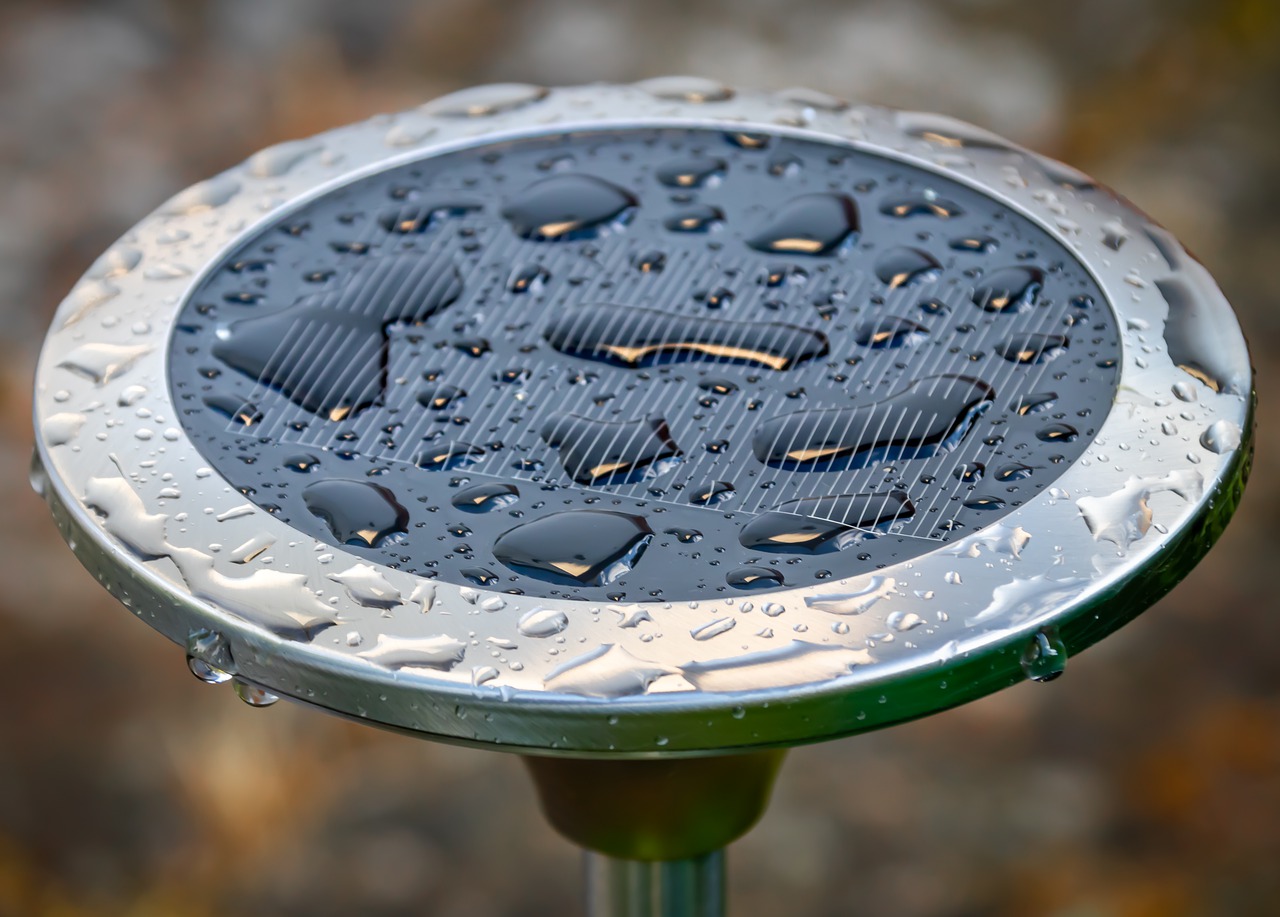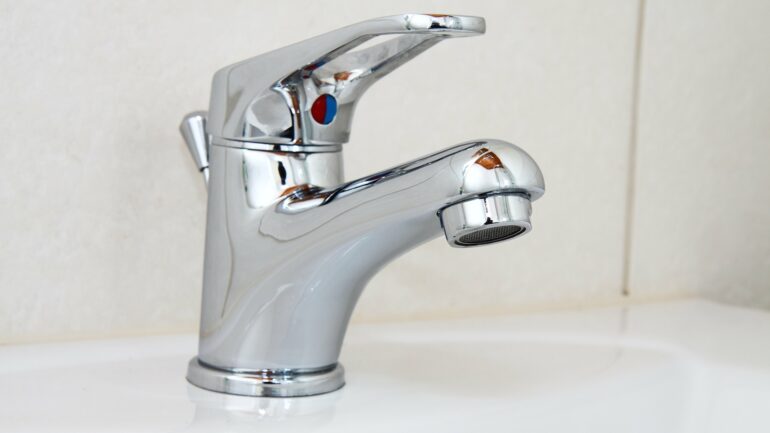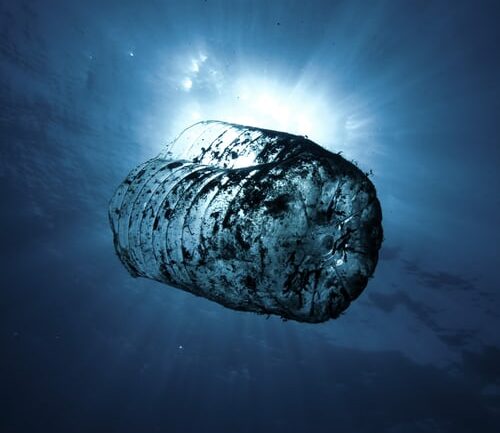By Rachel Porter, Publishing Project Leader for Save The Water™ | February 28, 2019
Thousands of Rohingya refugees now have a reliable supply of safe water thanks to innovative, solar-powered, clean water systems.
The office of the United Nations High Commissioner for Refugees (UNHCR), the UN’s refugee agency, installed the new technology across refugee camps in the Cox Bazar, Bangladesh. The project now affords up to 40,000 people with 20 liters of clean water each day.
Powered only by solar panels, the systems use motorized pumps to draw water from newly-installed 70,000-liter chlorinated tanks. A strategic network of pipes then delivers the water to refugee homes. Here the refugees can use the water for cleaning, cooking, and especially drinking.
The first five systems are now running at full capacity and the UNHCR and its partners hope to install nine more by 2020. The aim is to provide every refugee with 20 liters of safe water each day.1
The Rohingya Refugees
The Rohingya are an ethnic minority in Myanmar with their own culture, language, and religion. For decades, the Myanmar government has placed discriminatory restrictions on the Rohingya people. However, in August 2017 this discrimination erupted into mass violence.
In the first month alone, the violence took over 6,700 Rohingya lives. Since then, the Myanmar authorities have instituted a large-scale campaign of terror and genocide. The United Nations has described the brutality as a “textbook example of ethnic cleansing.”2
In order to escape these horrific conditions, over 900,000 Rohingya have fled their homeland. A majority have taken refuge in one of the 36 locations in the Cox Bazar, a district on the border of Myanmar’s neighboring country, Bangladesh.3 Here, while they are safe from the violence of the Myanmar authorities, the Rohingya refugees face a different challenge: finding clean water.
The human body needs at least 3 to 10 liters of drinking water every day. However, in April 2018, 42% of individuals living in the refugee camps reported having less than 3 liters of clean daily drinking water.4
The refugee camps in the Cox Bazar struggle to provide adequate water sources for the hundreds of thousands of people seeking safety within it borders.
Unreliable Clean Water Sources
The new tank system aims to replace the scarce and unreliable water sources that many refugees have depended on since their arrival in the camps.
In April of 2018, nearly 90% of refugee families relied on tube wells and ground water, such as aquifers, for their primary supply of water.4 As rain and surface water seep through the earth to the aquifer, layers of gravel, soil, and silt act as a filter. This “filter” removes harmful bacteria and chemicals that can cause diseases, rendering the water safe to drink. Tube wells are then drilled into the aquifer, and a hand pump above the surface allows the water to be extracted for use.5
However, the over-populated camps must extract high volumes water to meet the growing population’s needs. Crowded camps can burden aquifers, causing water tables to drop below the shallow tube wells. This can create water shortages not only for the camps, but as well as for the native, surrounding communities.6
Furthermore, annual dry-seasons between March and May also can cause water levels drop off sharply.6 Meanwhile, the wet-season floods and monsoons between June and September can destroy nearly half of the tube wells.7
The most common alternative to ground water sources is “trucking.”
Trucking involves using numerous large vehicles to deliver water to multiple locations each day. This method not only costs a large amount of money for shipping but can also be impacted by mechanical problems and environmental hazards.
For example, in temperatures that reach over 120°F, trucks can overheat. In addition, in the wet-season, floods or downed trees can prevent the trucks from reaching their location. This puts the refugees at risk of not being able to get the water they unquestionably need.6,8
Water Sources and Disease
Chlorination in the new clean water systems addresses another major threat to drinking water supplies: contamination. The chlorine added to the water is safe to drink and additionally kills many harmful contaminants that can cause widespread disease.1
Bacteria such as E. coli and cholera, or viruses such as hepatitis are very real concerns in the camps. These water-borne diseases can be carried through the water supply and infect thousands of individuals. Symptoms can include severe vomiting and diarrhea, both of which are particularly dangerous when water is scarce.9
Water samples taken from the camp’s households in 2017 found that 92% were contaminated with some level of E. coli. Similarly, in late 2017, camps saw an outbreak of acute watery diarrhea (AWD). There were over 36,000 cases of AWD reported that year resulting in 10 deaths.9
Overpopulation in the camps is a main driver of this contamination. In addition, crowded conditions force latrine construction too close drinking water sources. This significantly increases the chances of fecal infection, which can spread these illnesses.6
Moreover, too many people using the small number of latrines make them susceptible to overflow. This is especially true in the rainy season when monsoons flood the camps. Waste can enter drinking sources by seeping through saturated ground and being carried away by flood waters.4,7
Still, in many cases contamination results directly from a lack of education. Individuals have bathed, washed, and defecated in drinking water sources without understanding the consequences.9 Moreover, many people don’t recognize that contamination can also occur during the collection, transportation, and storage of water. In this case, even though a water source is safe, dirty collection containers or unwashed hands can contaminate the water nonetheless.6
The Refugee Crisis is a Water Crisis
Undeniably, the refugee crisis in Bangladesh and across the globe is intimately connected with water. The UNHCR reported that 2018 saw the highest levels of displacement on record. At the present time, there are more than 40 million people displaced worldwide.10 What’s more, developing nations host 85% of displaced people. However, many of these countries are already water scarce.10,11 Jordan, for example, is one of the top ten most water-scarce countries in the world and houses 1.4 million refugees.11
Many refugee camps worldwide face similar problems to those in Bangladesh. Dry seasons threaten water availability. Poor sanitation conditions cause widespread sickness and death. The urgent need for water and the lack of time available to plan for such influxes leads to poor site planning, loose regulation, and faulty infrastructure.6,7
In Jordan, aged infrastructure, such as pumps and pipes, leaks precious water. One report estimates that the amount of water lost to leaks each year would provide clean water to over 2.6 million people. That is more than a third of Jordan’s entire population.12
In the Gaza strip, where three out every four people are refugees, 97% of drinking wells are contaminated beyond safe levels.13 However, electricity is only available for a couple of hours a day. This greatly limits the options for clean water infrastructure and the delivery of water to homes.13
Clean Water Technology
It is challenges like these that new water technologies such as the solar-powered, clean water systems aim to address.
At this point, there is no single solution to the refugee water crisis. However, a number of new innovations take on the issue with creative, state of the art approaches. New technologies use energy sources such as solar and wind to power motorized wells and pumps. Novel techniques access water that was once thought to be out of reach. For example, converting ocean water, or even fog, into safe, reliable sources of drinking water.14 Other innovative methods use satellites and remote sensing to find water undetectable to human eyes in water-scare locations such as deserts.8
Though the hardship is far from over for the Rohingya, the solar-powered, safe water systems have made a sizable impact in the quality of many lives. This project shows the potential that technology has to combat the refugee water crisis. The potential to make sure that all people, no matter their race, religion, or homeland, have the water they need to survive and thrive.
How you can help
-
- Keep yourself informed about what is happening to refugees around the world.
- Donate to organizations like UNHCR that work for refugee rights, health, and safety.
- Volunteer your time and energy to organizations like Save the WaterTM that are dedicated to solving the world water crisis and raising public awareness of water issues across the globe.
References
-
- UNHCR. January 04, 2019. “Innovation, green tech and sunlight help secure safe water for Rohingya refugees.” https://www.unhcr.org/news/briefing/2019/1/5c2f239b4/innovation-green-tech-sunlight-help-secure-safe-water-rohingya-refugees.html
- UNHRC. September 11, 2017. “Darker and more dangerous: High Commissioner updates the Human Rights Council on human rights issues in 40 countries”
https://www.ohchr.org/EN/NewsEvents/Pages/DisplayNews.aspx?NewsID=22041&LangID=E - BBC News. April 24, 2018. “Myanmar Rohingya: What you need to know about the crisis.” https://www.bbc.com/news/world-asia-41566561
- REACH. April, 2018. “Water, Sanitation, and Hygiene baseline assessment.” https://reliefweb.int/sites/reliefweb.int/files/resources/reach_bgd_report_wash_hh_survey_april_2018_0.pdf
- A Layman’s Guide to Clean Water. 2015. “A Relatively Clean Water Source, Groundwater is Found Beneath the Ground Surface, Protected from Contamination.” http://www.clean-water-for-laymen.com/clean-water-source.html
- Areez Tanbeen Rahman. January 04, 2019. “Fighting water scarcity in Cox Bazar refugee camps.” UNHCR. https://www.unhcr.org/news/latest/2019/1/5c2fc16a4/fighting-water-scarcity-coxs-bazar-refugee-camps.html
- Kelli Rogers. May 15, 2018. “In Rohingya camps, monsoon threaten hard-won WASH progress.” DevEx. https://www.devex.com/news/in-rohingya-camps-monsoon-threatens-hard-won-wash-progress-92751
- Jennifer Clark. March 22, 2005. “Access to water a basic right for refugees, says UNHCR.” UNHCR. https://www.unhcr.org/en-us/news/latest/2005/3/423ffb5b4/access-water-basic-right-refugees-says-unhcr.html
- Emily Y.Y Chan, et al. March, 2018. “Medical and health risks associated with communicable diseases of Rohingya Refugees in Bangladesh 2017.” International Journal of Infectious Diseases, (68), 39-43. https://www.sciencedirect.com/science/article/pii/S1201971218300018#bibl0005
- UNHCR. “Figures at a Glance.” https://www.unhcr.org/figures-at-a-glance.html
- Amir Dakkak. February 18, 2017. “Water Crisis in Refugee Camps.” EcoMENA. https://www.ecomena.org/water-crisis-in-refugee-camps/
- Mercy Corps. March, 2014. “Tapped Out: Water Scarcity and Refugee Pressures in Jordan.” https://www.mercycorps.org/sites/default/files/MercyCorps_TappedOut_JordanWaterReport_March204.pdf
- Sandy Tolan. November 13, 2018. “Gaza’s water crisis is ‘a ticking time bomb.’” PRI. https://www.pri.org/stories/2018-11-13/gazas-water-crisis-ticking-time-bomb
- Harald Franzen. August 30, 2018. “Innovative clean water technologies.” DW Akademie. https://www.dw.com/en/innovative-clean-water-technologies/a-45287950





